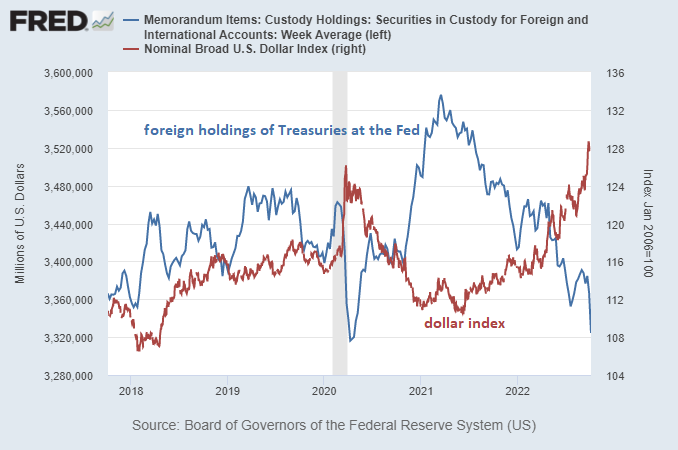This seems to be a little different than 2012.
According to Morningstar, Vanguard switched the benchmark index " on 22 index funds and exchange-traded funds in 2012."
In contrast, VINEX is an actively managed fund. The internals (components) of the benchmark are not being used to drive the security selections. Only the performance figures are used, as, well, a benchmark. "Vanguard believes the new benchmark will improve investors’ ability to
assess performance relative to peer funds."
Here's an article from 2012 describing the Vanguard move then. It is "premium content" in the Philadelphia Inquirer. But it was written by an AP writer, so it is available for free at Yahoo Finance. Now there's an idea - switching to a different provider to reduce cost. Maybe Vanguard should look into that :-)
https://finance.yahoo.com/news/vanguard-move-highlights-little-known-211153486.htmlIt is not clear whether Vanguard (or any institution) pays simply to compare performance with published benchmarks. This article illustrates the confusion. Its
Inquirer headline reads: Looking at
Benchmark Licensing Fees, while the
AP headline (at least in Yahoo) reads: Vanguard move highlights little-known index costs.
The body of that article starts out with "
Index mutual fund investors are a cost-conscious bunch." It goes on about how index funds are cutting costs.
So do the benchmark providers receive remuneration every time someone reprints their performance figures? Does the WSJ pay MSCI, S&P, and all the rest when it reports how much they moved yesterday? Do they have agreements with all the benchmark providers waiving fees? Or is this data in the public domain? I don't know, and I hadn't thought about it before.
Once again, the shift to MSCI means Korea is benchmarked differently. The old benchmark was from S&P that treats Korea as a developed country and gives it more weight in the
S&P EPAC SmallCap Index. MSCI still treats Korea as an emerging market. So there's no Korea in the new MSCI
EAFE Small Cap Index benchmark (
as represented by SCZ).
This won't make any difference in how the fund is managed - as of
last April only 1.6% of the fund's assets were invested in Korea, vs. 6.1% in the old S&P benchmark (Sept. data). It will just result in the chosen benchmark being better aligned with the actual fund portfolio.
